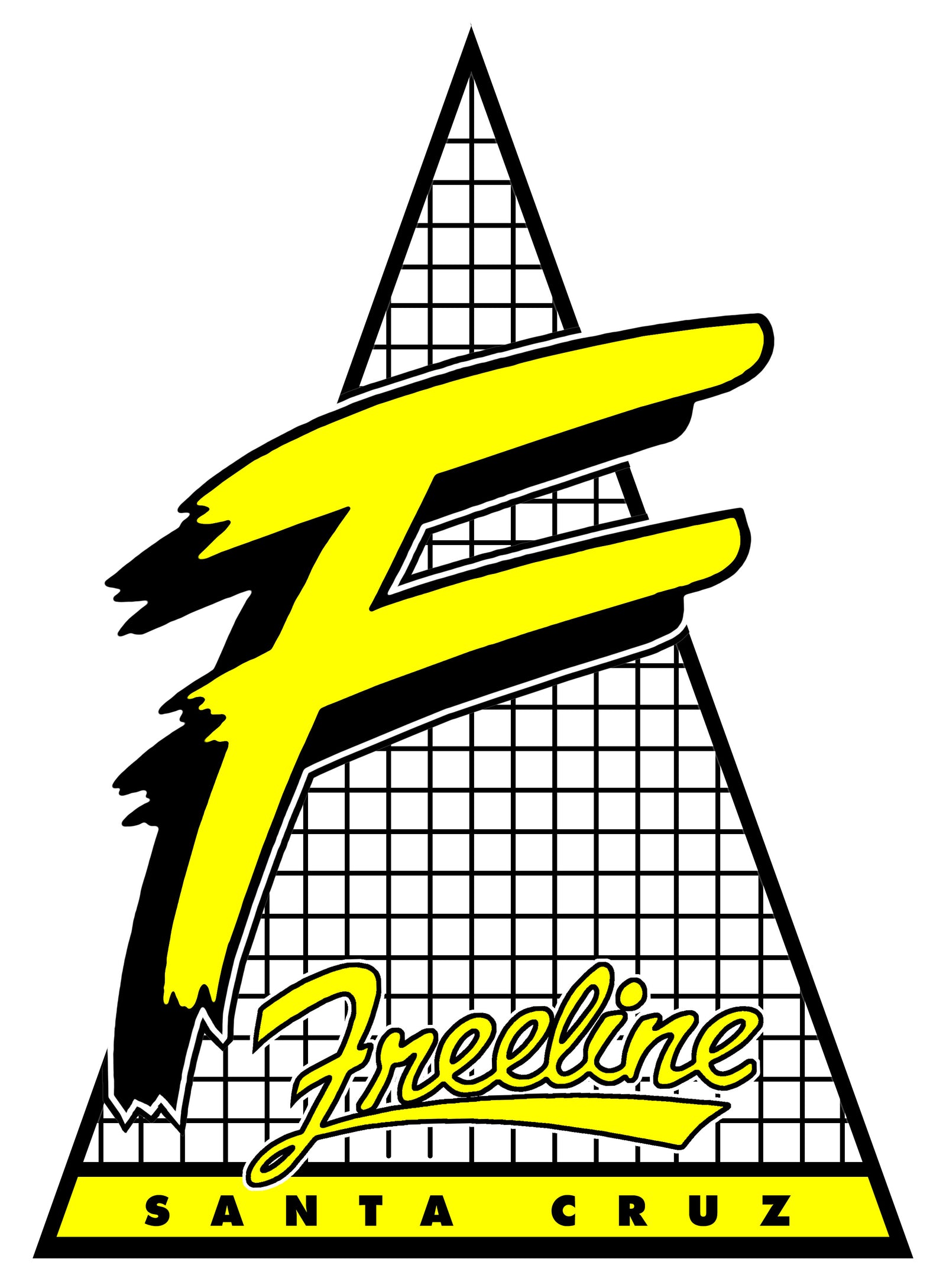Don't miss out on this limited supply of the Quiksilver Airlift Vest powered by Aqualung.
Walking into Aqua Lung’s US headquarters – or rather, cul-de-sac-straddling compound – it’s clear that the company lives up to its reputation: from the mad scientist product-testing rooms, to the dizzying warehouse filled with forklifts, to the pool out back for in-house sampling of the latest gear.


And on a recent late summer morning, we were invited to tour the facility, to hear about the new iteration of the lifesaving vest – which will be released to the public on October 15th (more on that later) – and to, perhaps, jump in the pool, dive down as deep as possible, and yank the inflation cord. But first, a little history. Peter Mel, longtime big-wave surfer and chief test-dummy for early versions of the vest, was on hand at Aqua Lung HQ to explain the evolution. “At one point, we thought about adding a helicopter harness loop,” Pete said. “Like, so a chopper could swoop down, latch onto a guy in trouble, and fly him out of there. Obviously, that idea got scrapped.” Other tweaks came while Mel and Jamie Mitchell began using the early models during their own big-wave sessions, starting with a moderate-sized Jaws swell in 2014. But the basic idea always stuck: an easy-to-pull cord, which discharged carbon dioxide inside the shell of a wetsuit top, and shot the imperiled surfer back to the surface. Also making it easy to deflate, if needed, because bouncing like a beach ball, rather than diving beneath the whitewash, can be just as precarious as being held down. Then, of course, the ability to refill. “We’ve always had the discussion in the big-wave world about inflatable vests,” Pete said. “But I never thought I’d ever use it. When we started testing the early versions, Jamie [Mitchell] was way more excited about it than me. But now, I use it more than him. It’s piece-of-mind, really. Like, why not? Why risk it if you have the technology?” The latest version of the vest, the Highline Airlift, comes equipped with all the necessary features determined through trial-and-error: four easy-access pull tabs, a storage pocket on the back for the CO2 canisters, an oral inflation tube (think: those red tubes on airline flotation vests, which, in the event that your vest fails to inflate, are supposed to save you while bobbing in the Pacific after a plane crash), two torso straps, a fast-acting deflation tab, and the unmistakable bright red coloring because, as Pete said, “better red than dead.” But the most significant innovation? Anyone can buy it – whereas before it was only reserved for Quiksilver team riders, vouched-for surfers looking to ride big waves, or all competitors at the most recent Eddie Aikau Invitational (although four surfers opted against wearing the vest). The ethical conundrum over selling inflation vests to the public is obvious: there’s potential for airheads who shouldn’t be surfing in waves at a certain degree of consequence to buy the vest, and then go surfing in waves at a certain degree of consequence. It’s like, if a novice skateboarder attempted to drop-in on one of those ungodly X-Games megaramp things, just because they were wearing elbow pads. (The inflatable vest is a much more efficient life-saving device than elbow pads, but still.) However, in the same vein as Patagonia, which also recently began selling their version of the inflation vest to the public, Quiksilver is encouraging its customers to take the necessary training steps and make sure they’re completely prepared to ride big waves, vest or no vest. “This is not a substitute for skill,” said Pete. “If I want to become a mountain climber, I’m not going to go straight to Everest. But at a certain point, there’s only so much you can do. People are going to do what they want, no matter what. We just want safety to be priority number one. My recommendation is education.” With that, it was finally time to test the vest in the safety of a pool. For myself – a 175-pound, 6’0” male – pulling a single tab from the vest blasted me to the surface shockingly fast. To the point where I bobbed up-and-down like a pool toy. Then I tried pulling two tabs, which Mel mentioned himself and other surfers doing in especially dire situations, and that felt like strapping myself to a North Korean submarine missile and launching into orbit, next stop, Guam. Or like, one of the better rides at a waterpark. And so, after learning all about the technology and testing it out for myself, was I confident that it would help prevent untold tragedies in the world of big-wave surfing? Absolutely. Would this technology give me the confidence to paddle out during a massive swell at Maverick’s? Hell no. But it’s there, should I ever change my mind.




